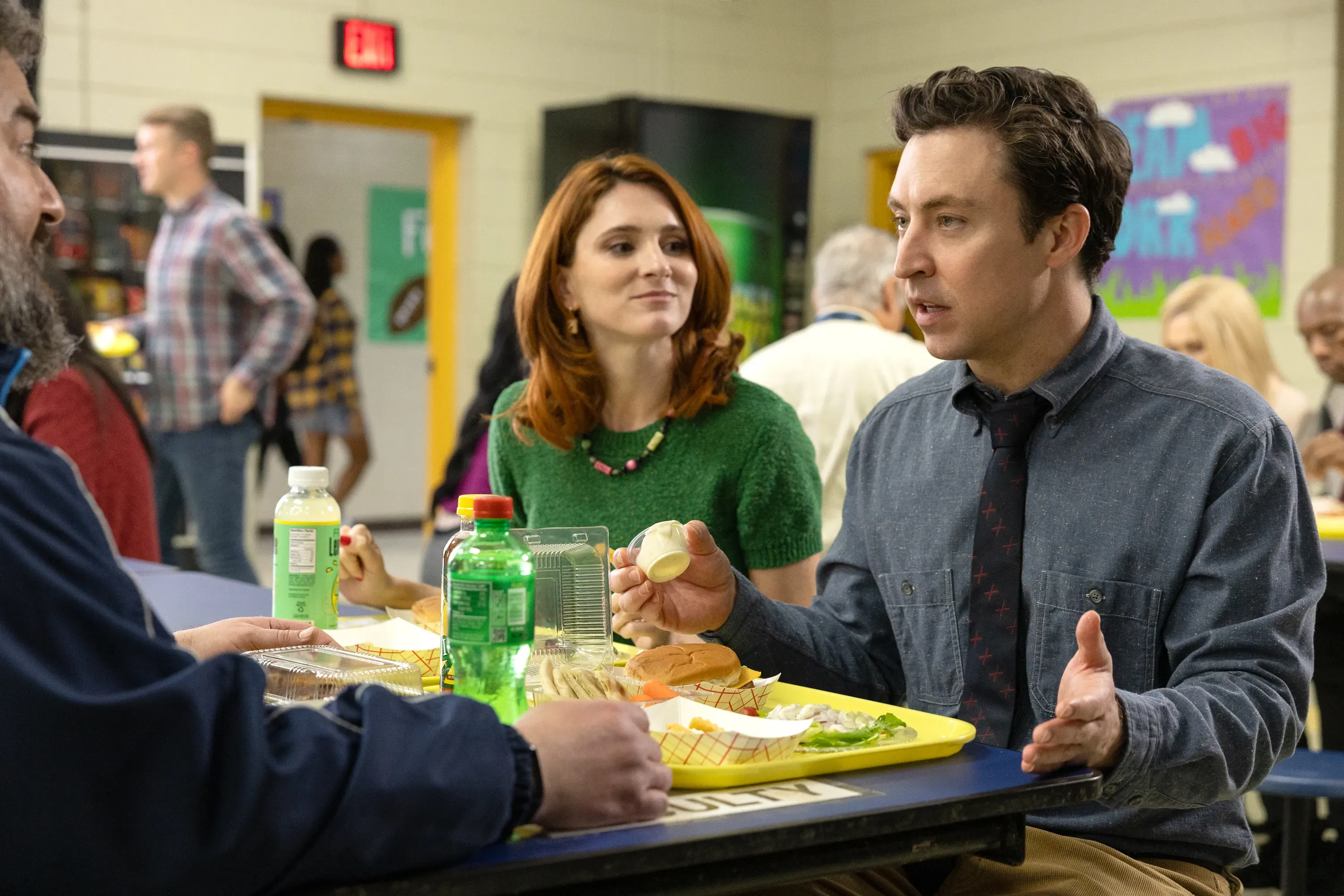
Taking Venice (2024) — Movie Review
- May 20, 2024
In 1964, the prominent international exhibition of contemporary work, the Venice Biennale, saw artist Robert Rauschenberg take home the distinguished Golden Lion. However, there was a lot more to this victory than what met the eye. "Taking Venice”, a documentary directed by Amei Wallach, reveals the calculated moves of American diplomats and art influencers that led to Rauschenberg's triumph, untangling a story of strategic machinations and displays of postwar American strength.
Rauschenberg, a pioneer of the Pop-Art era alongside Jasper Johns, Roy Lichtenstein, Claes Oldenberg, and Andy Warhol, was known for his work that amalgamated collage, painting and silkscreen, often incorporating ordinary household wares. In spite of critics labeling him “a clown” or “a novelty," Rauschenberg’s popularity was on the rise, forming an aura of an artist set to conquer artistic peaks.
This steadily growing significance made him the ideal recipient of the American government’s backing at the Biennale. As the US marked its superpower status, with President John F. Kennedy, a fervent supporter of the arts, leading the nation, the State Department aimed to showcase that America’s artistic creations were not just commodities dumped into overseas markets, but highly meaningful and beautifully crafted pieces of art, worth of global admiration.

Director Wallach delves deep into this narrative, interviewing significant figures from the 1964 Venice Biennale, including Alice Denney, the former vice-commissioner of the US pavilion. Denney, along with fellow US Biennale commissioner Alan R. Solomon, orchestrated a cunning plan leveraging loopholes and innovative strategies to ensure Rauschenberg’s win. Solomon’s genius lay in exploiting unwritten rules, something he executed with panache, resulting in an unstoppable trajectory towards Rauschenberg's victory.
However, “Taking Venice” tends to lose its focus with varied style choices that make it come across as more of a commercial flick than a historical insight. The documentary veers away from the central story to explore Rauschenberg’s personal and artistic growth. The decision to deviate from the core narrative of the US government’s interceding to engineer Rauschenberg’s win takes away from the impact of the story.
In the end, though the documentary skims over the irony of a country advocating for merit while manipulating events behind the scenes, it magnifies the fact that Rauschenberg’s victory was as much a political power move as it was a nod to his artistic prowess. The film wraps up portraying the saga surrounding Rauschenberg’s Golden Lion as an audacious expression of American willpower.







